Hareer Murabba An Ancient Delicacy with Modern Appeal
Introduction
From ancient times to the present day, the world of gastronomy has been filled with diverse flavors and unique culinary creations. One such delicacy that traces its origins back to antiquity is Hareer Murabba. This delectable preserve, popular in various cultures, is not only a culinary masterpiece but also holds historical and medicinal significance. In this article, we will explore the rich history, preparation process, health benefits, and cultural significance of Hareer Murabba.
The History of Hareer Murabba
Hareer Murabba, also known as Silk Cocoon Preserve, has an intriguing history dating back thousands of years. Its roots can be traced to the ancient Silk Road, a network of trade routes connecting the East and the West. As silk production flourished along these routes, the cocoon leftovers were ingeniously used to create Hareer Murabba.
The technique of making Hareer Murabba traveled through various regions and civilizations, including China, Persia, India, and the Middle East. Its popularity gradually spread, and each culture infused its own unique touch to the recipe, creating an array of flavors and methods of preparation.
The Preparation Process
The process of making Hareer Murabba is an art that requires patience, skill, and precision. The primary ingredient, silk cocoon leftovers, is obtained after extracting the silk thread for textile production. These leftovers are thoroughly cleaned to remove any impurities or remaining silk threads.
Once cleaned, the cocoon remnants are soaked in a sugar syrup infused with various aromatic spices, such as cardamom, saffron, and rosewater. The cocoon pieces are then left to absorb the flavors of the syrup for several days, allowing the delicate balance of sweetness and spices to permeate the cocoon remnants entirely.
Health Benefits of Hareer Murabba
Beyond its delightful taste, Hareer Murabba also offers several health benefits. Traditionally, it has been considered a remedy for various ailments. The cocoon leftovers are rich in essential nutrients, including proteins, amino acids, and minerals, making it a nutritious addition to one’s diet.
Moreover, the silk cocoon contains sericin, a protein known for its moisturizing and anti-inflammatory properties. This sericin is believed to have a positive impact on skin health, aiding in the reduction of wrinkles and maintaining a youthful appearance.
Furthermore, the infusion of spices, such as cardamom and saffron, adds their own therapeutic properties. Cardamom is known for aiding digestion and freshening breath, while saffron is believed to have antioxidant and mood-enhancing effects.
Cultural Significance
Hareer Murabba holds a special place in the culinary traditions of several cultures. In Persian cuisine, it is cherished as a luxurious treat served during important celebrations and gatherings. In India, it is often enjoyed during festivals and offered as a gesture of hospitality.
Historically, Hareer Murabba was not only a delicacy but also a symbol of social status and prosperity. In ancient times, it was presented as a gift to esteemed guests and dignitaries, signifying respect and honor.
Today, this delightful preserve continues to be cherished in both traditional and modern settings. Its cultural significance has transcended borders, and it can be found in specialty stores and gourmet markets around the world.
Hareer Murabba in Modern Cuisine
In recent times, Hareer Murabba has undergone a culinary evolution. Chefs and food enthusiasts have experimented with this ancient preserve, incorporating it into contemporary dishes and desserts. Its unique texture and flavor make it a versatile ingredient, lending itself to a variety of culinary creations.
Hareer Murabba can be used as a filling for pastries and cakes, adding a delightful surprise to each bite. It can also be paired with cheeses and charcuterie, creating a delectable contrast of sweet and savory flavors.
Furthermore, this exquisite preserve has found its way into the realm of mixology, with bartenders using it to craft inventive cocktails and mocktails. The syrup infused with spices adds depth and complexity to beverages, making them a sensory delight.
Conclusion
In conclusion, Hareer Murabba is not just a preserve but a symbol of cultural heritage, innovation, and culinary finesse. Its journey from the ancient Silk Road to the modern culinary landscape is a testament to its timeless appeal. As we savor each spoonful of this delicacy, we are reminded of the rich history and tradition that it embodies.
Whether enjoyed in its traditional form or as a modern twist in culinary creations, Hareer Murabba continues to captivate the taste buds of food enthusiasts worldwide. So, the next time you encounter this ancient delight, take a moment to savor its exquisite flavors and appreciate the culinary journey it has embarked upon over the centuries.

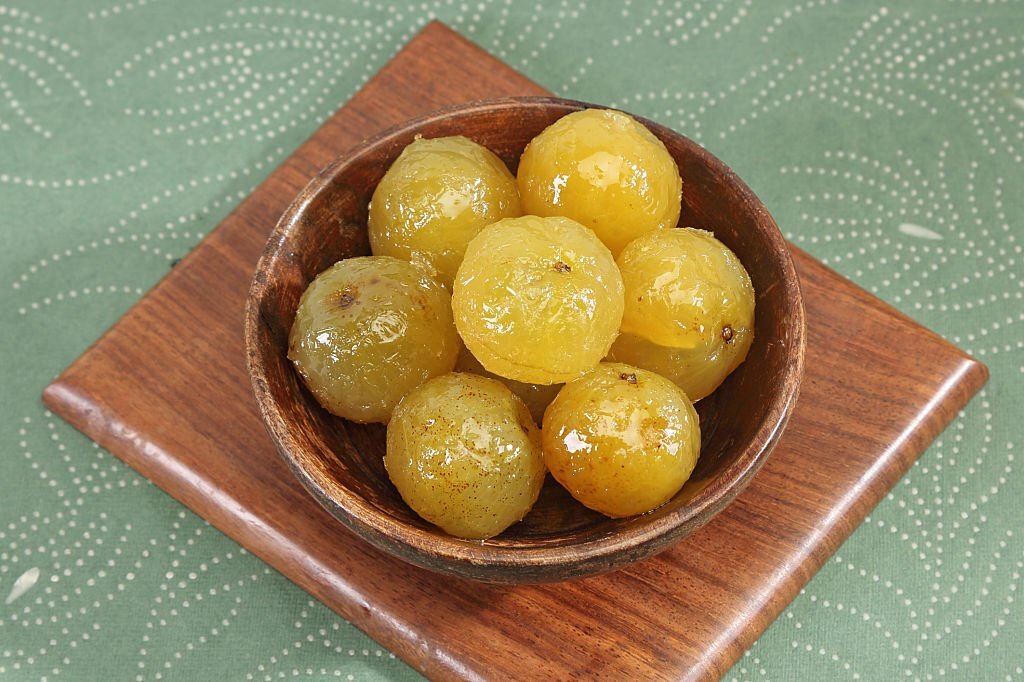
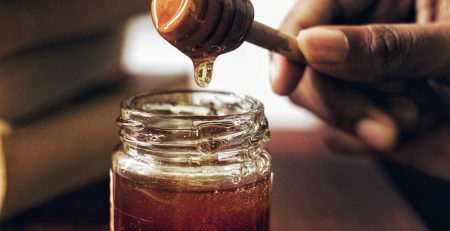
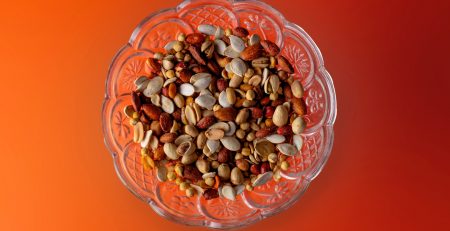

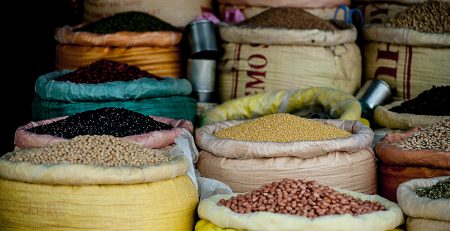
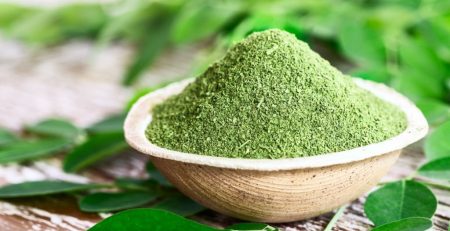
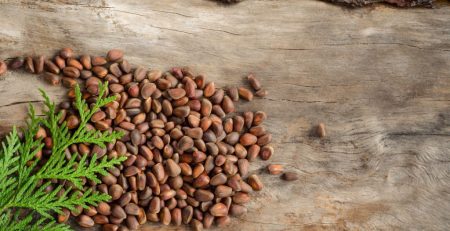
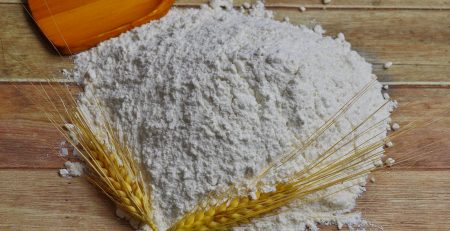

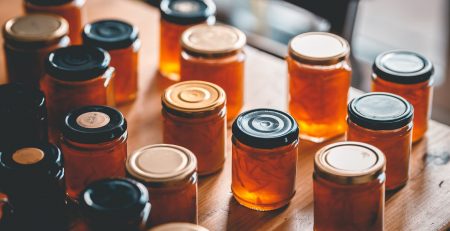
Leave a Reply